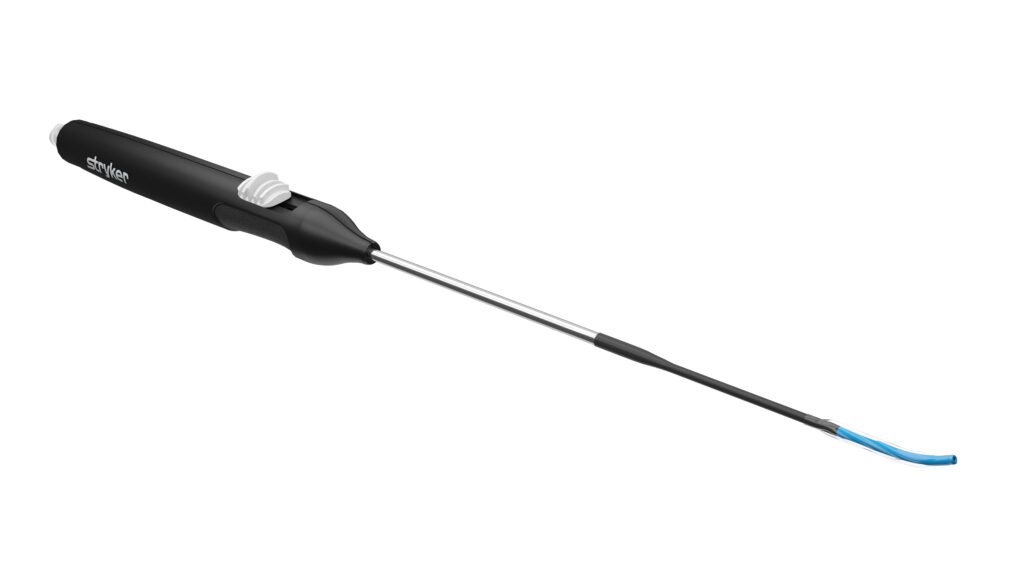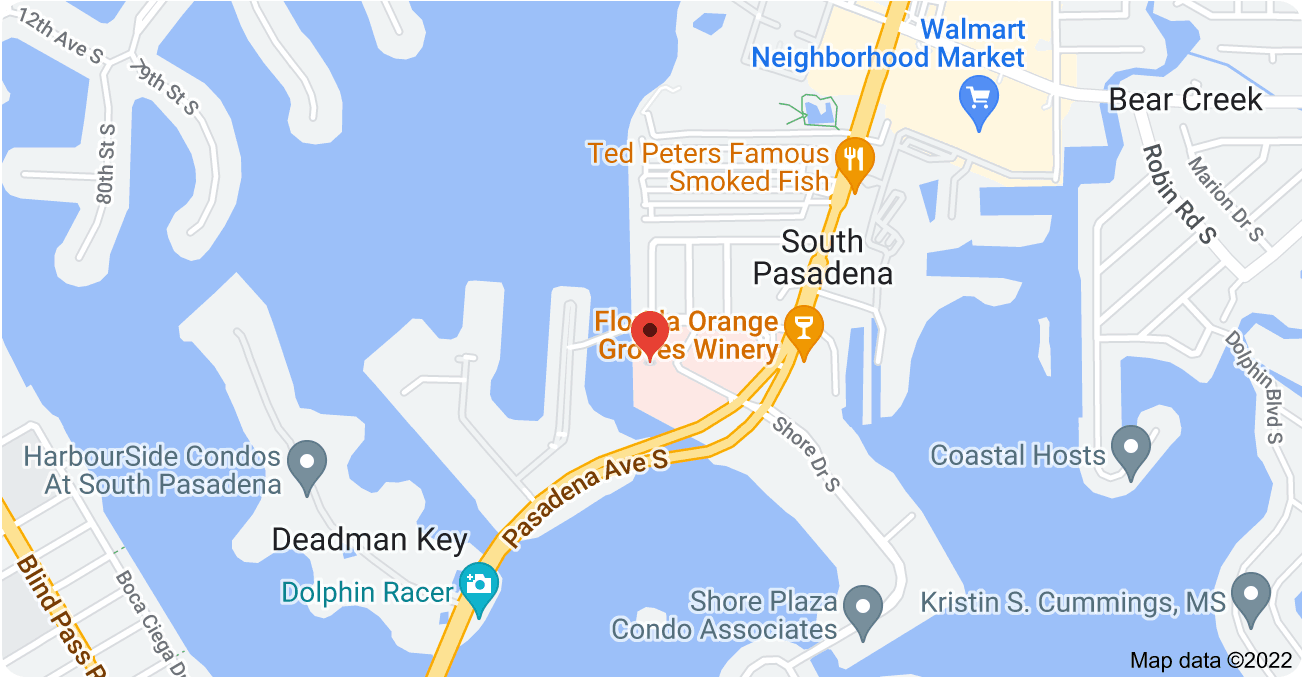
The eustachian tube is a tube that connects the middle ear (behind the eardrum) to the back of the nose. It normally opens and closes when we chew or swallow. If the tube has swelling, inflammation, or blockage then it cannot open and close normally. This causes a buildup of pressure in the ear which can cause cause of ear pressure, ear fullness, ear popping, hearing loss and ear ringing
Chronic eustachian tube dysfunction (ETD) affects about 5% of adults in the US. Eustachian tube dysfunction can sometimes be treated by medications such as nasal steroid sprays, antihistamines or decongestants. If medication does not completely improve the symptoms then sometimes an ear tube needs to be placed or the eustachian tube needs to be dilated by a balloon. Prior to any procedures, a hearing test will usually be performed to test a patient’s hearing, ear function and ear pressure to make sure there are not any other problems causing their symptoms.
Eustachian tube balloon dilation is a minimally invasive procedure aimed at improving eustachian tube function and relieving symptoms of ETD. The procedure can be performed in the office in the operating room depending on a patient’s comfort level, other medical problems and anatomy. It may also be added to other procedures such as ear tubes, sinus surgery or balloon sinuplasty. If performed in the office, patients will sometimes be given some light sedation to make sure they are comfortable throughout the procedure. Before the procedure, the nose is decongested and numbing medication is administered. During the procedure a balloon dilation device is inserted through the nose using a small telescope and camera. The balloon is then gently inserted into the eustachian tube and inflated to dilate the eustachian tube. After the procedure, most patients have minimal pain that can be treated by oral pain medication. Sometimes a small amount of nasal congestion or bleeding may occur. After dilation, the eustachian tube has to remodel and heal which takes some time and improvement is felt by most patients about 3-6 months after the procedure.

1615 Pasadena Avenue South
Suite 220
St. Petersburg, FL 33707